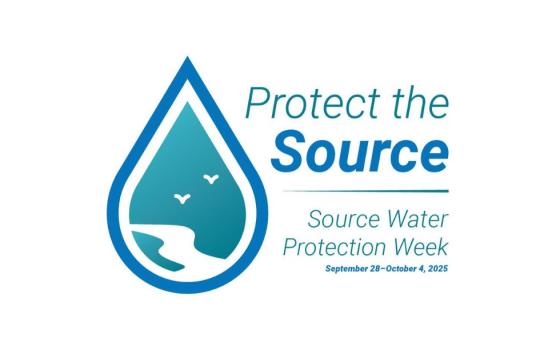
By Lynn Thorp, National Campaigns Director
The referenced media source is missing and needs to be re-embedded.
Today is the 39th anniversary of passage of the Safe Drinking Water Act. For me, it’s the beginning of a year-long celebration of this landmark public health law and a time to think about progress we’ve made and the continuing challenges to the tap water which 85% of us drink.
It’s appropriate that today a panel convened by the U.S. Environmental Protection Agency’s (EPA) Science Advisory Board will consider an EPA report developed to support policies which will help fix our other landmark water law – The Clean Water Act. The report - Connectivity to Streams and Wetlands to Downstream Waters –demonstrates that what we do to our headwater streams and wetlands will impact the larger water bodies downstream (Read our comments on the report here and our testimony to the SAB here). For over a decade, half our nation’s small streams and 20 million acres of wetlands have been vulnerable to pollution and destruction because of bad policy decisions. If you know Clean Water Action, you know we have been working to close these gaps in protection for a long time.
The streams and wetlands at risk aren’t just landscape features. They are vital parts of our nation’s water infrastructure. Headwater streams feed the drinking water sources for over 117 million of us. Wetlands filter pollution and prevent floods. Contaminants dumped in wetlands and streams will make their way to the rivers and lakes where most of us get our drinking water - and the Connectivity report shows how this happens.
The Safe Drinking Water Act (SDWA) regulates our nation’s Public Water Systems. And the SDWA is about one thing and one thing only – protecting public health. The systems regulated by Safe Drinking Water Act provide drinking water to over 85% of us and must meet standards to limit the amount of regulated contaminants in the water they provide. But we can’t start thinking about protecting public health downstream, at the drinking water treatment plant. That job has to start long before, upstream, and the Clean Water Act should be the first line of defense in making sure our drinking water sources are as clean as possible.
That’s why we can’t wait any longer to close the gaps in protection that have left valuable water bodies open to pollution and destruction. EPA has sent a draft rule to the White House Office of Management and Budget/Office of Information and Regulatory Affairs (OMB/OIRA) for review. This rule will go a long way to restoring lost protections for water bodies which feed our drinking water sources. The Safe Drinking Water Act has accomplished much to ensure clean drinking water, but it can’t do it alone. The best way to celebrate SDWA’s successes is to make sure the Clean Water Act’s programs are on the job upstream.
Watch this space for more on the SDWA 40th anniversary, including more on integrating our nation’s two landmark water laws, on emerging risks to drinking water and on how we can Put Drinking Water First.Related Posts
Stay Informed
Get the latest updates and actions:
Thanks for signing up!
There was a problem processing your signup. Please try again.


